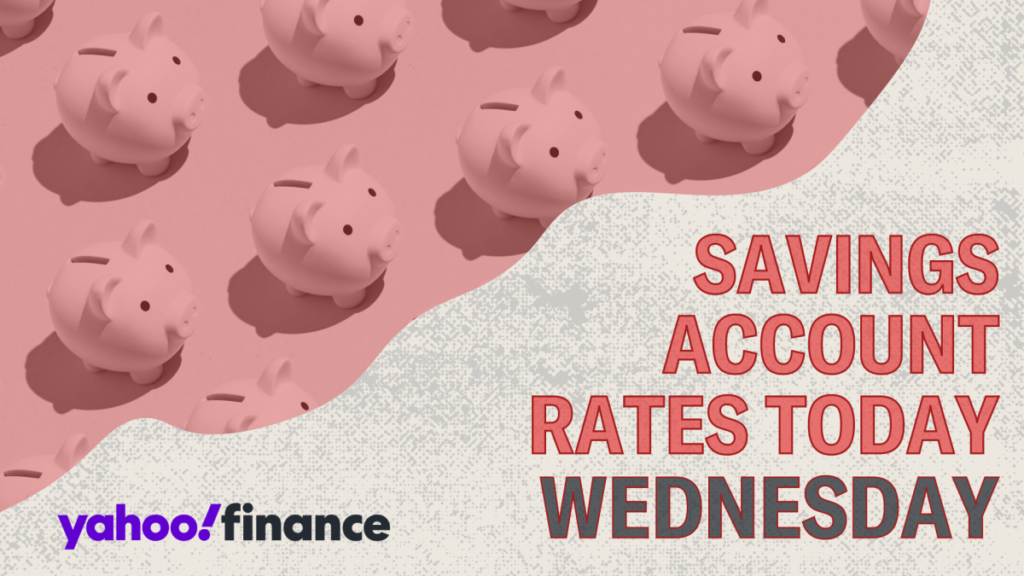The Federal Reserve’s decisions to cut the federal funds rate have significant implications for deposit rates, leading to a shift towards lower earning potential on traditional savings accounts. In this landscape, high-yield savings accounts emerge as an attractive alternative for individuals seeking to maximize their savings. These accounts typically offer higher interest rates than standard savings accounts, with current rates reaching as high as 4% Annual Percentage Yield (APY) or more. As consumers search for the most lucrative savings options, this article explores the best savings interest rates available and highlights the importance of capitalizing on these opportunities.
Historically, savings account interest rates have varied widely, and currently, traditional accounts yield an average of just 0.43%. In contrast, high-yield savings accounts provide much more substantial returns, often in the range of 4.5% to 5% APY. As of December 18, 2024, Everbank leads the market with a competitive offering at 4.75% APY, notably without a minimum opening deposit requirement. This disparity illustrates why savers should turn their attention to high-yield options, especially when conventional accounts fall short regarding interest earnings, making it essential to assess various banks and their offerings.
The relationship between deposit account rates and the federal funds rate serves as the underlying reason for the fluctuations in savings account interest rates. Traditionally, when the Federal Reserve raises its target rate, deposit account rates tend to rise, while rate cuts lead to decreased deposit rates. Following a series of interest rate hikes intended to combat inflation, the Fed’s recent reductions resulted in declining deposit rates, emphasizing the urgency for consumers to secure favorable rates while they last. Understanding these dynamics helps individuals navigate their options more effectively.
When considering where to deposit savings, it is vital to evaluate several factors thoroughly, particularly when selecting a high-yield savings account. Interest rates are of utmost importance; finding the best rates among various banks can significantly impact savings growth over time. Additionally, the current climate suggests that rates may decline further in the future, making proactive decisions regarding account selection essential. The unique opportunity presented by high-yield savings accounts allows individuals to take advantage of the historically advantageous rates available today.
Moreover, it is crucial for consumers to align their savings strategies with their financial goals. High-yield savings accounts may work well for short-term objectives such as saving for emergencies, down payments, or holiday gifts, but they may not suffice for long-term aspirations like retirement. Given that savings accounts generally cannot match the average returns associated with stock market investments, individuals must assess their time horizon when determining the best vehicle for their financial goals. For shorter-term needs, however, high-yield accounts remain a reasonable choice.
Accessibility and security of funds are also critical components in deciding on the right savings account. While options like certificates of deposit (CDs) may offer higher returns, they often restrict access to capital until maturity, risking penalties for early withdrawals. High-yield savings accounts, conversely, typically allow more flexible access to funds without such penalties. Furthermore, these accounts are usually insured by the Federal Deposit Insurance Corporation (FDIC), providing an added layer of protection against losses due to market fluctuations. This combination of access and security makes high-yield savings accounts an appealing option for those seeking to maintain liquidity in their financial strategies while still earning competitive interest.

